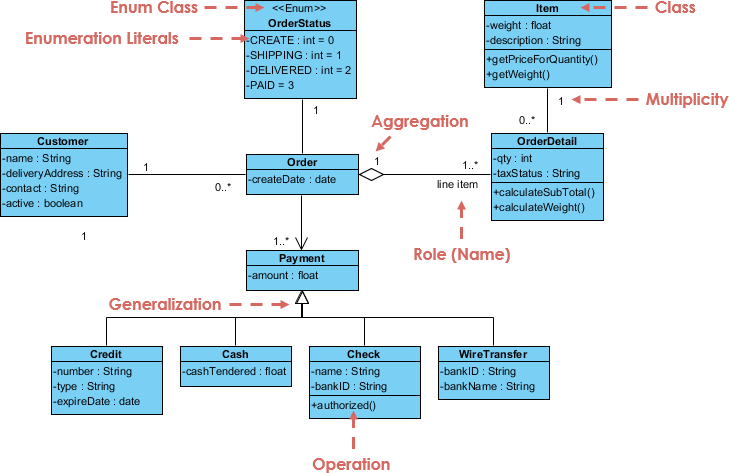

- #VISUAL PARADIGM UML TUTORIAL HOW TO#
- #VISUAL PARADIGM UML TUTORIAL DOWNLOAD#
- #VISUAL PARADIGM UML TUTORIAL WINDOWS#
#VISUAL PARADIGM UML TUTORIAL WINDOWS#
0.21.1.jar)from its SourceForge page and save it to a sensible location (such as H:\COMM005_Information_Systems_Development\labs, when using the Windows computers in the AP labs). Of these six diagram types this tutorial covers use-case, class, sequence, and state diagrams.

Violet UML supports the production of use-case, class, sequence, state, activity and object diagrams. Whilst UML 2.0 specifies fourteen diagrams, in reality a number of these diagrams are more commonly used than others. Further details concerning these diagrams can be found in Dennis, Wixom and Tegarden (2005:29-35). A taxonomy of UML diagrams is presented below. Interaction diagrams form a subset of these behavioural diagrams (consisting of communication, interaction overview, sequence, and timing diagrams). The UML 2.0 specification has 7 classes of behavioural diagram: activity, communication, interaction overview, sequence, state, timing, and use-case. Behavioural diagrams are dynamic and consider processes and how the system functions over time. Within the UML 2.0 specification there are 6 structure diagrams: class, component, composite structure, deployment, object, and package. Structure diagrams are static and consider the relationship between the structural components of the system, without considering the system's behaviour over time. UML diagrams can be assigned to two broad categories: structure diagrams and behavioural diagrams. Finally, the use of Violet to create each of the four emphasised diagram types (use-case, state, class and sequence) is detailed in four respective sections. Following on from this, instructions on the general use of Violet UML are provided. First, the range of available UML diagram types is outlined and the four UML diagram types covered within this tutorial are emphasised. The structure of the document is as follows. Should you wish to use an alternative tool with which you are more familiar (e.g.

If you wish to use Violet within Eclipse, on your own computer, simply place it in your.
#VISUAL PARADIGM UML TUTORIAL DOWNLOAD#
The tool is available for download on SourceForge (size ~2meg).

#VISUAL PARADIGM UML TUTORIAL HOW TO#
This tutorial will explain how to download and use Violet UML as a stand-alone application. Violet UML can function independently as a stand-alone application or as a plug-in for the Eclipse IDE (Eclipse is a cross-platform, open source, integrated development environment). Violet UML is an open source UML tool that enables the easy creation of simple UML diagrams. The purpose of this tutorial is to guide users in creating UML diagrams with Violet UML. COMM005 - Information Systems Development - Violet UML Tutorial COMM005 - Information Systems Development - Violet UML Tutorial


 0 kommentar(er)
0 kommentar(er)
